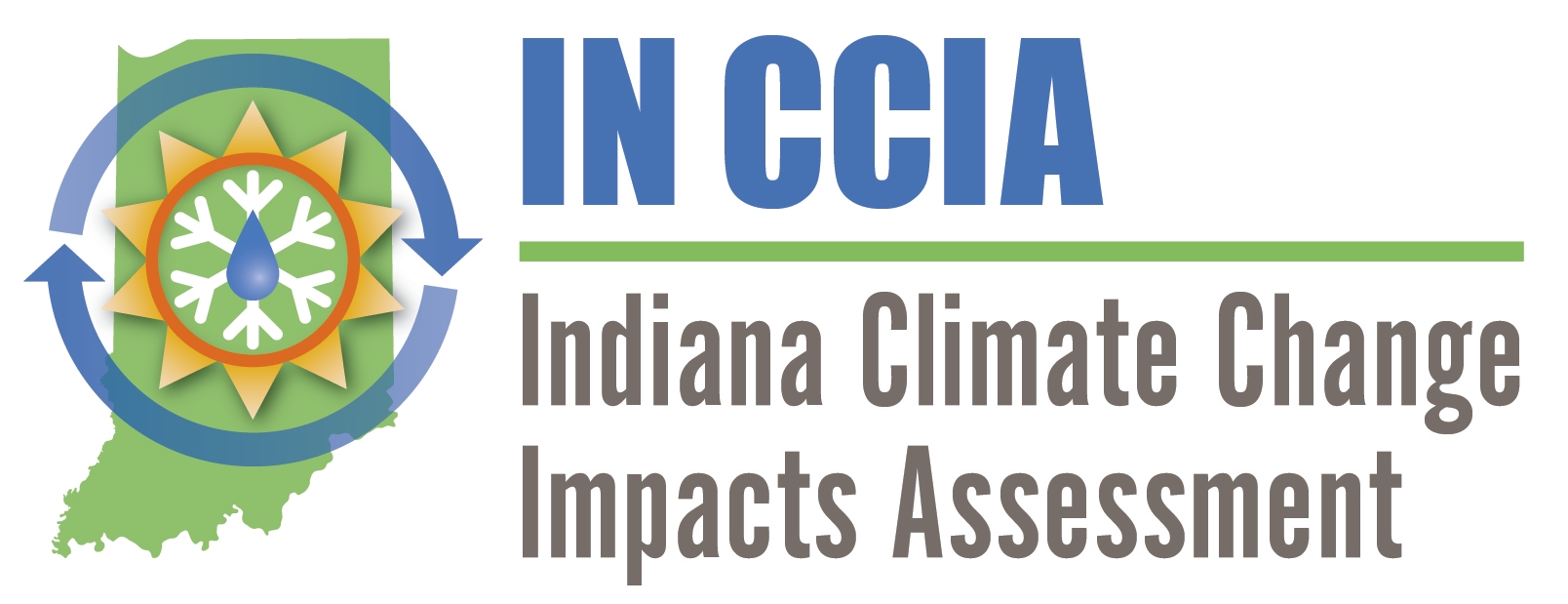
Agriculture Publications
Abstract
While all sectors of the economy can be impacted by climate variability and change, the agricultural sector is arguably the most tightly coupled to climate where changes in precipitation and temperature directly control plant growth and yield, as well as livestock production. This paper analyzes the direct and cascading effects of temperature, precipitation, and carbon dioxide (CO2) on agronomic and horticultural crops, and livestock production in Indiana through 2100. Due to increased frequency of drought and heat stress, models predict that the yield of contemporary corn and soybean varieties will decline by 8–21% relative to yield potential, without considering CO2 enhancement, which may offset soybean losses. These losses could be partially compensated by adaptation measures such as changes in cropping systems, planting date, crop genetics, soil health, and providing additional water through supplemental irrigation or drainage management. Changes in winter conditions will pose a threat to some perennial crops, including tree and fruit crops, while shifts in the USDA Hardiness Zone will expand the area suitable for some fruits. Heat stress poses a major challenge to livestock production, with decreased feed intake expected with temperatures exceeding 29 °C over 100 days per year by the end of the century. Overall, continued production of commodity crops, horticultural crops, and livestock in Indiana is expected to continue with adaptations in management practice, cultivar or species composition, or crop rotation.
Keywords
climate change, agriculture, Indiana, livestock, horticulture, raw crops
Date of this Version
2020


Comments
This is the author accepted manuscript of Bowling, L.C., Cherkauer, K.A., Lee, C.I. et al. Agricultural impacts of climate change in Indiana and potential adaptations. Climatic Change 163, 2005–2027 (2020). Published by Springer, the version of record is available at: https://doi.org/10.1007/s10584-020-02934-9